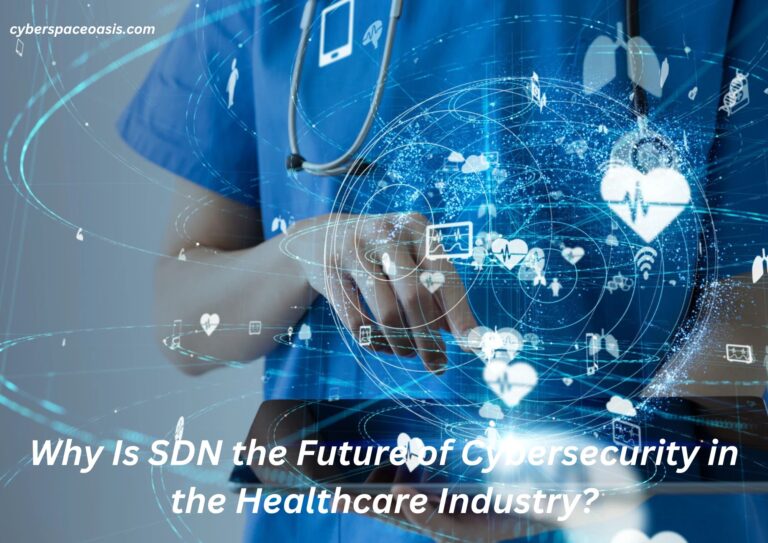
In the healthcare employer, cybersecurity is not an afterthought—it’s a vital necessity. With the proliferation of linked gadgets, digital fitness statistics (EHRs), and telemedicine structures, healthcare organizations are pinnacle targets for cyberattacks.
Traditional protection strategies are proving inadequate towards the growing tide of sophisticated threats.
Enter Software-Defined Networking (SDN), a transformative generation poised to reshape how cybersecurity is approached in the healthcare region.
Understanding SDN and Its Relevance in Healthcare
Software-Defined Networking separates the manipulate plane (which makes a choice wherein statistics ought to move) from the facts plane (which bodily movements records).
This separation enables centralized control and automation, developing a community this is agile, green, and more solid.
In the context of healthcare, in which touchy affected person records, interconnected scientific gadgets, and severa networks converge, SDN gives tailored answers to precise cybersecurity annoying situations.
Key Benefits of SDN in Healthcare Cybersecurity
1. Enhanced Network Visibility and Control
SDN affords granular visibility into network site visitors.
Healthcare directors can monitor, manage, and consistent all devices—from health center machine to patient-handling portals—in actual-time.
With a unified manage plane, IT teams can quick emerge as aware about and reply to anomalies or breaches.
2. Dynamic Threat Response
Traditional networks regularly warfare to conform to new threats. SDN’s programmability permits for dynamic policy updates throughout the network.
If a ransomware attack goals a hospital’s EHR machine, the network can isolate affected regions at the identical time as maintaining operational continuity for exceptional structures.
3. Improved Data Protection
Healthcare information is a goldmine for cybercriminals. SDN strengthens statistics safety through allowing:
- Microsegmentation: Isolating touchy facts and structures to limit assault surfaces.
- End-to-End Encryption: Ensuring stable communique between gadgets and applications.
4. Scalability for IoMT Devices
The Internet of Medical Things (IoMT) consists of the whole thing from wearable health video display gadgets to clever infusion pumps.
SDN comprises the developing range of IoMT devices, managing them securely and efficiently without compromising overall performance.
5. Cost Efficiency
While healthcare agencies regularly perform on tight budgets, SDN reduces operational prices.
Centralized manage minimizes the want for manual interventions, at the same time as automation decreases downtime and associated prices.
Real-World Applications of SDN in Healthcare
Healthcare vendors are already exploring SDN to strengthen their cybersecurity frameworks. For instance:
- Telemedicine: SDN ensures strong connections among patients and companies, preventing unauthorized get right of access to to telehealth consultations.
- Smart Hospitals: With SDN, hospitals can create consistent, devoted digital networks for certainly one of a kind departments or capabilities, mitigating move-network vulnerabilities.
- Incident Response: In the event of a breach, SDN permits rapid reconfiguration of the network to incorporate the risk and save you sizable harm.
Challenges and the Path Forward
While SDN gives severa benefits, demanding conditions live. Healthcare agencies ought to overcome hurdles which include:
- Integration with Legacy Systems: Many healthcare centers depend upon antique infrastructure that won’t seamlessly combine with SDN.
- Skill Gaps: IT groups may also require education to simply leverage SDN skills.
- Initial Investment: The in advance prices of deploying SDN can be massive, though prolonged-time period financial savings often outweigh this.




